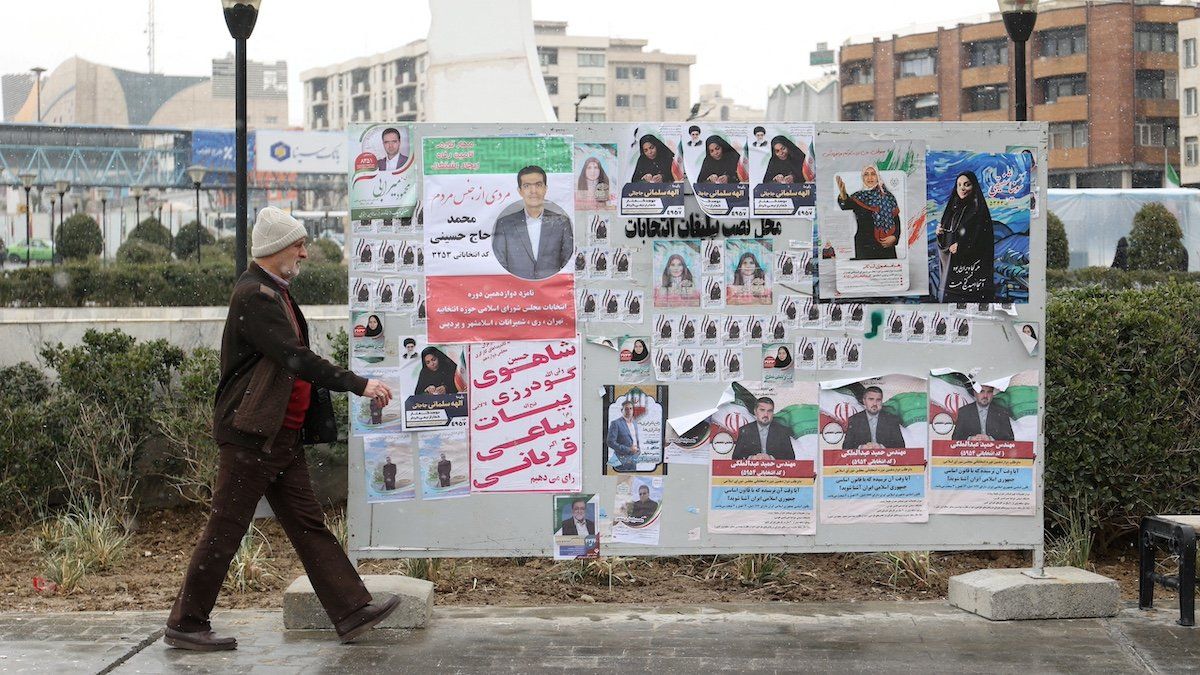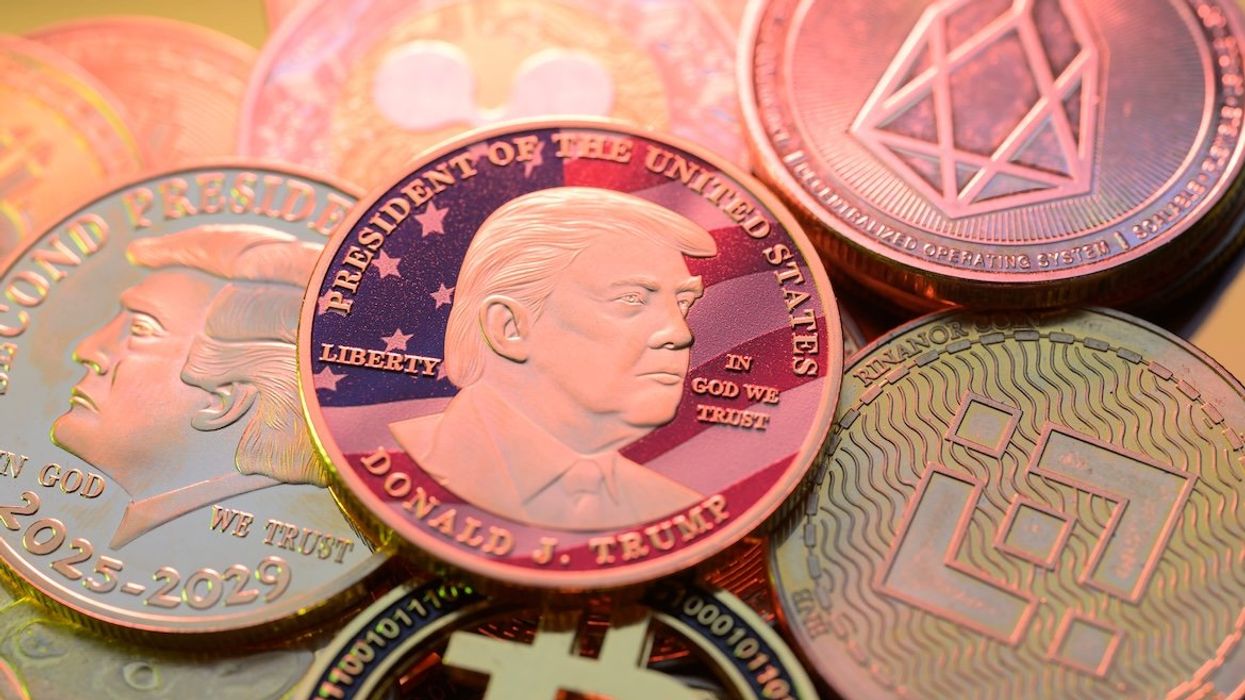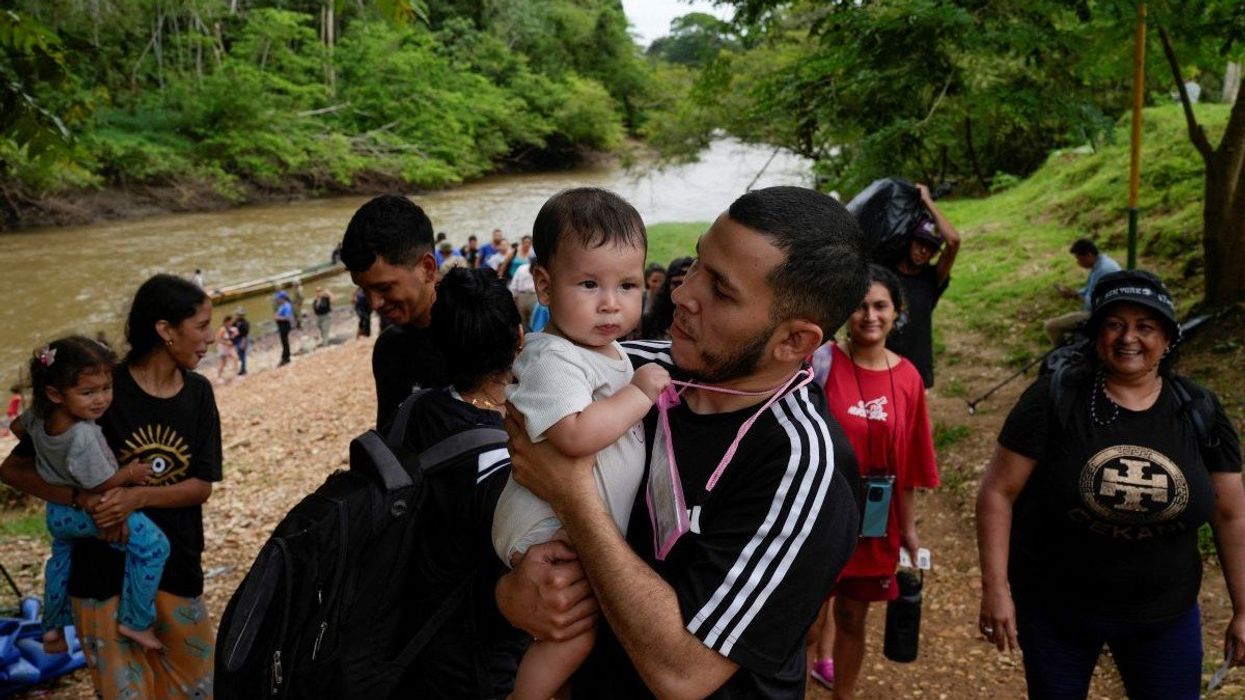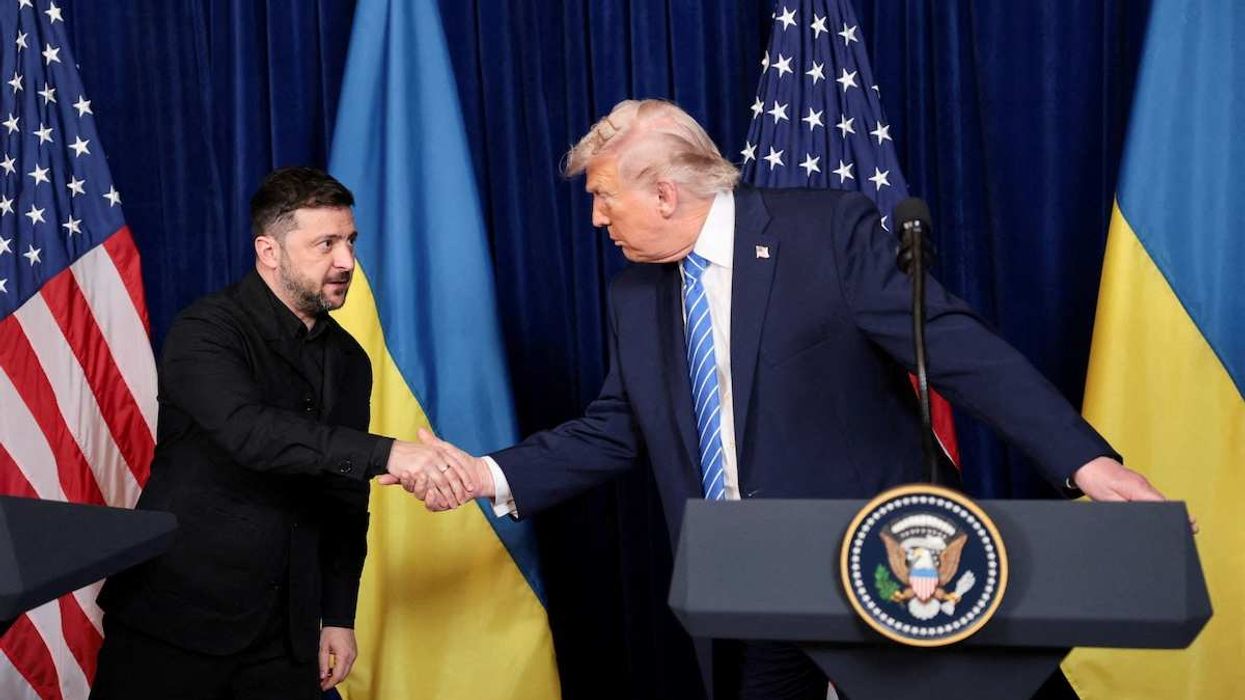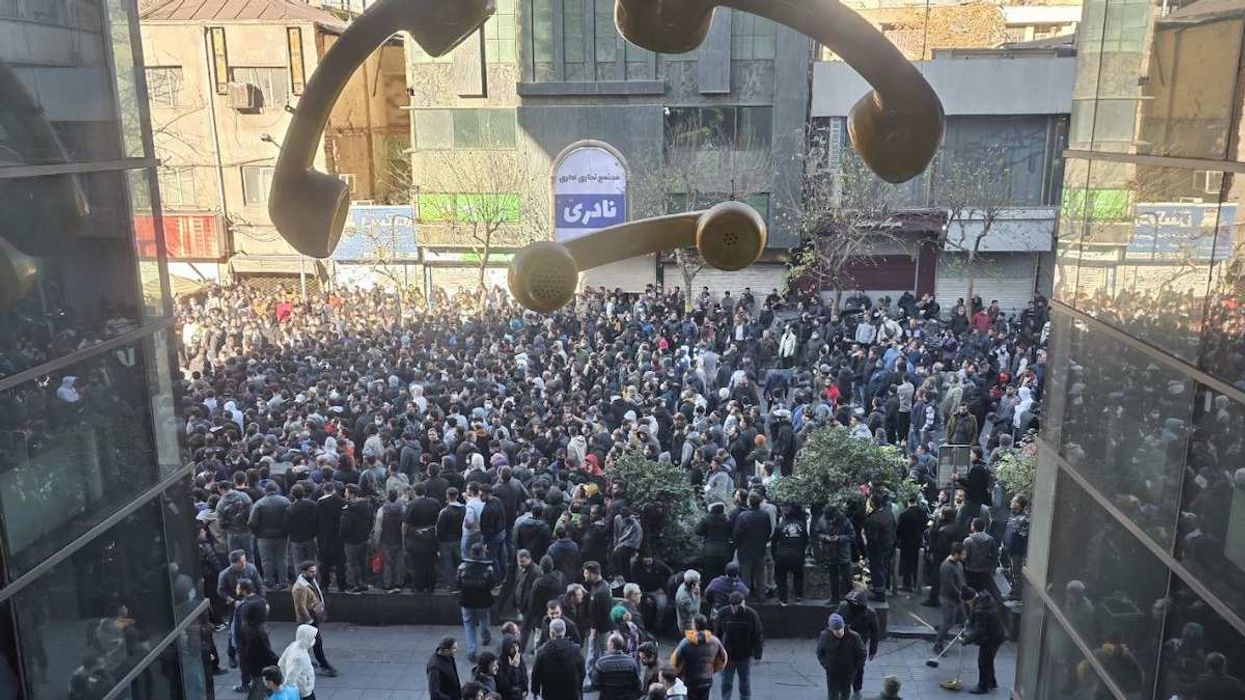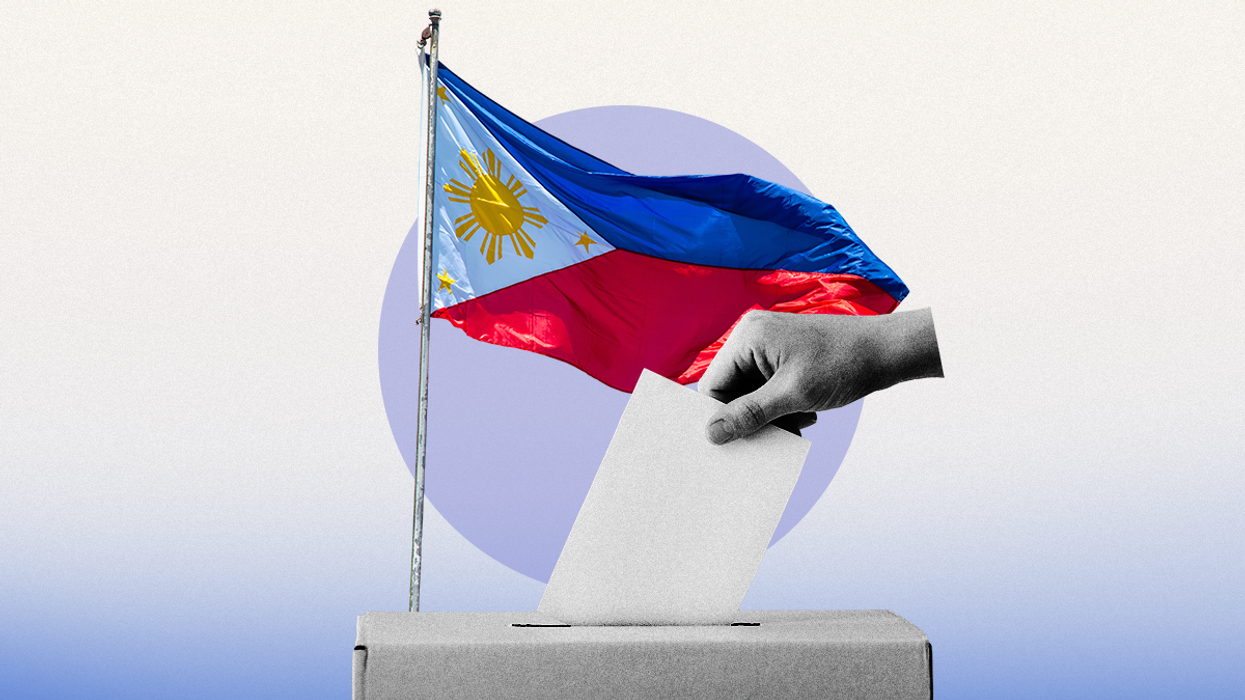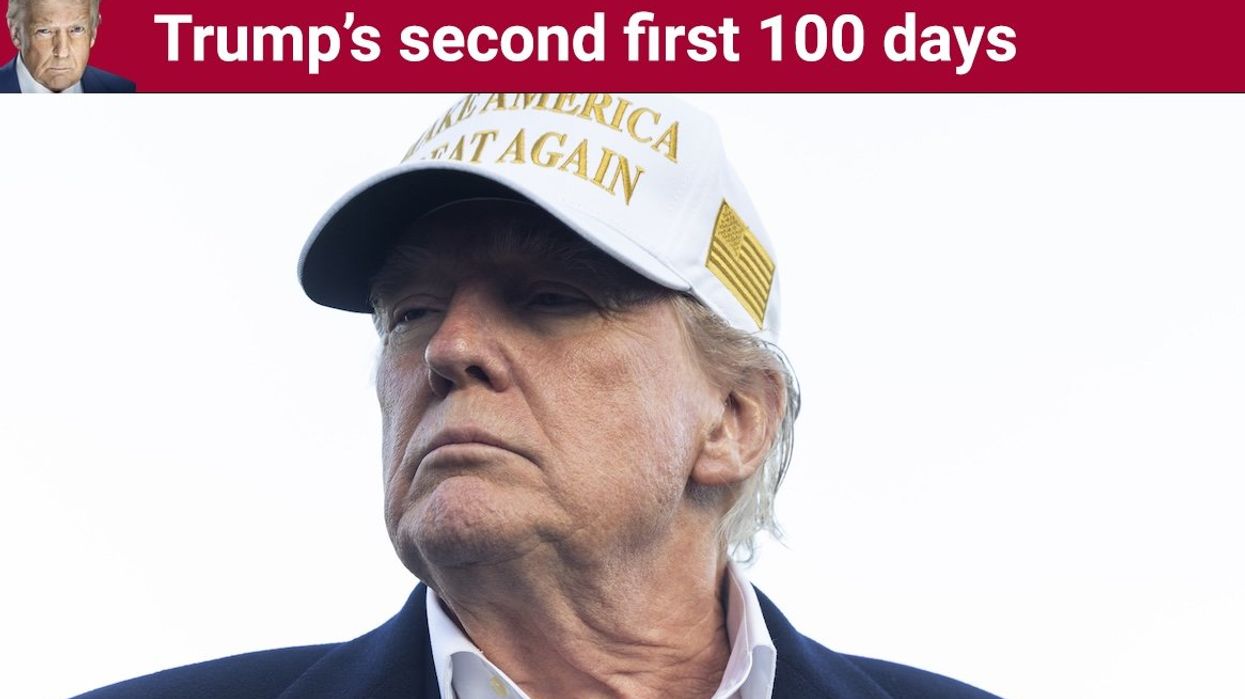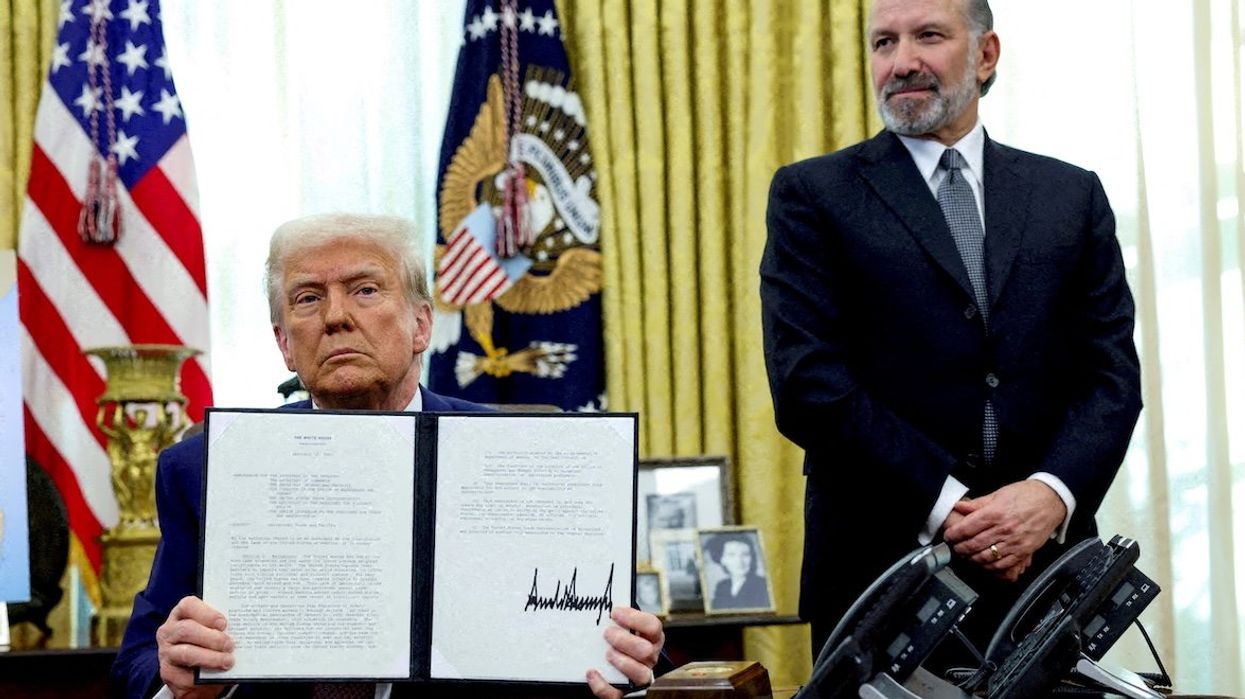Iranians will go to the polls on March 1 to vote for a new parliament, which will serve for a four-year term. They will also vote for members of the Assembly of Experts, a body of clerics that is tasked with selecting a new Supreme Leader and serves a six-year term. However, given that the Islamic regime now carefully manages election outcomes to protect its grip on power, voter participation is expected to plumb new record lows. We asked Eurasia Group analyst Greg Brew to explain the significance of this week’s polls.
What is the position of parliament in the Iranian system?
Iran’s constitution delineates legislative powers to the parliament, which also oversees the budget and cabinet appointments. However, parliament’s power is constricted by Iran’s powerful executive branch, particularly the Supreme Leader Ali Khamenei, as well as the Guardian Council, a small group of clerics and senior figures who sign off on all legislation and determine who is eligible to run for office. Given these restrictions, parliament is regarded by many Iranians as a rubber-stamp committee with little real control over government policy, a feeling that has only grown more pronounced since 2020, when elections were stage-managed by the Guardian Council to ensure hardliners dominated parliament. Authorities also carefully controlled the 2021 presidential election to ensure Ebrahim Raisi, an arch conservative with close ties to Khamenei and the Islamic Revolutionary Guard Corps (IRGC), was elected. (The next presidential election will be in 2025, when Raisi is expected to run for reelection.)
What steps is the regime taking to control the election outcome?
As with 2020, the Guardian Council has taken a heavy hand in vetting candidates: Out of the thousands of applications, many were disqualified from running for office, including most prominent reformists and moderates. This ensures the new parliament will remain dominated by hardliners with a strong affiliation with Khamenei, the IRGC, and the conservative clerical faction.
Is the sense of public alienation toward the regime growing?
Dissatisfaction with the regime is currently very high, owing to a variety of factors that include a weak economy, high inflation, widespread corruption, and ongoing and intensifying political repression. The fact that elections are now carefully managed by authorities has produced a broad view that they are sham affairs: as a result, participation in elections has dropped from over 70% to roughly 50%. It is expected to be even lower this year, perhaps the lowest on record. While the regime likely retains the support of some of the population, most Iranians view the Islamic Republic as an illegitimate government.
So, is there a chance of unrest around the vote?
Despite this widespread dissatisfaction, the circumstances don’t seem conducive to the kind of public protest that occurred in 2022, when thousands took to the streets following the death of Mahsa Amini at the hands of the morality police. The force of the government crackdown in response to those protests and the ongoing efforts to suppress new displays of discontent, as well as the generally bleak outlook for political reform, means most Iranians are averse to taking to the streets. Instead, citizens will express their dissatisfaction by staying at home and not participating in elections.
How worried is the regime about its legitimacy?
The Islamic Republic has held power for more than forty years. It possesses a large and sophisticated security apparatus and a toolkit of repressive measures that it uses to suppress public dissatisfaction. It is a government has proven, time and again, that it is willing to kill its own people in large numbers in order to remain in power.
That said, the regime has reasons to be worried about its position. Its credibility on a number of important issues, from the economy to terrorism, water scarcity and inflation, is in serious question. It is defined by self-dealing, with more and more of the nation’s wealth flowing to a small elite, particularly senior officers in the IRGC. Millions of Iranians are trying to leave the country, particularly educated members of the middle class.
What are the prospects for political change in the mid-to-long term?
The regime is confident it can hold on to power. It’s fixated on a potential succession crisis, given that Khamenei is eighty-four and in poor health, and the reason for stage-managed elections has been to ensure there’s a smooth transition from the current leader to a Khamenei 2.0. That’s why reformists and moderates have been squeezed out, with even former president Hasan Rouhani denied the opportunity to run for a seat on the Assembly of Experts. There’s virtually no chance the regime permits any reforms or positive political changes, at least not until after succession.
But this policy comes with its own dangers. The Iranian public appears unwilling to resume protests for the moment, but that could change. By refusing to reform, the regime has further undermined its legitimacy, and the transition to a new, similarly conservative Supreme Leader will only harden public dissatisfaction. Iran may be quiet, but it’s a powder keg that could go off at any time.
Edited by Jonathan House, Senior Editor at Eurasia Group
